Walk, Don't Walk
Looking at the problems and the potential with the sidewalks of Nashua, New Hampshire
Welcome to another edition of Willoughby Hills!
This newsletter explores topics like history, culture, work, urbanism, transportation, travel, agriculture, self-sufficiency, and more.
If you enjoy what you’re reading, please consider a free subscription to have this newsletter lovingly delivered in your inbox twice a week:
I was driving in Nashua, New Hampshire earlier this week when something quite remarkable happened. I saw a man cross the street and make it to the other side alive.
Wild, right?!
Well, it shouldn’t be, but this particular part of Nashua is really not meant for pedestrians, even though it has sidewalks.
I was driving down Spit Brook Road, which is a 4-lane feeder road that connects U.S. Route 3 with the shopping district on Daniel Webster Highway.
I’ve outlined the pedestrian’s path below in yellow, though there is no painted crosswalk in this area. He was walking along the sidewalk and attempting to cross a right turn lane that leads to a small side street. As he was starting to cross, the car in front of me turned right onto that same side street, narrowly missing him.
It was unclear whether the car didn’t notice the pedestrian or whether the driver was deliberately trying to make a point that this road belonged to vehicles, but at any rate, the car turning right appeared to "cut off” the walker, causing him to stop crossing and take a step back to avoid being hit.
I was a little shaken up by the situation, realizing that had the timing been different by a second or two, the pedestrian could have been seriously hurt. As I continued down Spit Brook Road, I was wondering why the driver of the car was communicating either by coincidence or very deliberately that a person on foot was not welcome.
As I looked around though, I realized that it wasn’t just this one driver sending the message that walking was bad. The entire built environment of this area in Nashua seemed to be broadcasting that message loudly and clearly.
Before I go further, I’d like to give some context. Nashua, New Hampshire, like many industrial cities in the area, once housed dozens of mill buildings and was a manufacturing hub. The city itself is quite nice, with a historic, walkable downtown Main Street (the kind I like to gush about).
South of the core of the city is a district of suburban shopping that is sometimes called South Nashua, although it’s still a part of the city of Nashua. The interaction that I witnessed between the driver and the pedestrian took place in this area, which is mostly dominated by big box stores and shopping centers.
Because New Hampshire does not charge sales tax, dozens of retailers that set up shop in South Nashua, attracting Massachusetts residents for tax-free big ticket purchases like TVs, furniture, and liquor.
The Pheasant Lane Mall in Nashua is literally built right at the border. Some of the parking lot sits in Massachusetts and the corner of J.C. Penney is clipped so that the mall building remains fully in New Hampshire.
Within about a one mile radius of the mall is every big box store imaginable: Best Buy, Home Depot, Barnes and Noble, plus several restaurants and smaller retailers. Like any suburban strip that’s home to big box stores, there’s a lot of traffic lights, seas of parking lots, and a good amount of congestion on the weekends.
Perhaps surprisingly for a retail district like this, there are also apartments tucked around the big box stores. Here’s a map of the South Nashua retail district, with apartments noted in yellow and shopping in red.
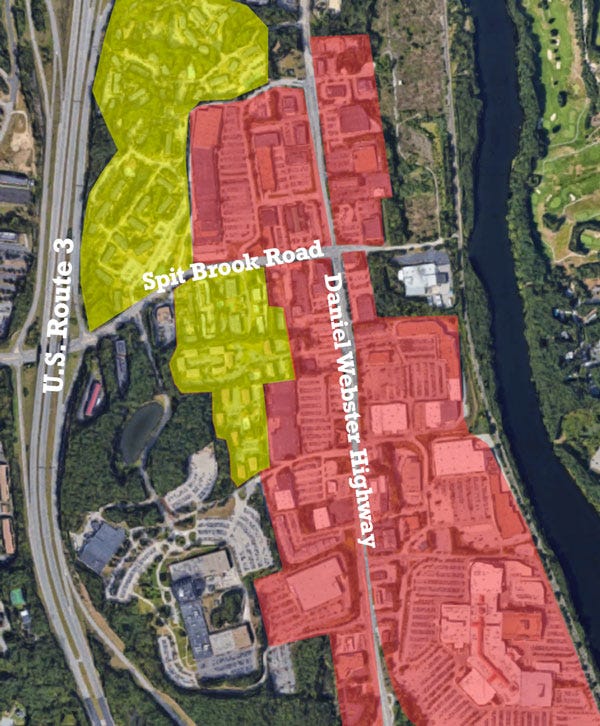
Mixing residential and retail space can be a very good thing for a community. While an area like Nashua still requires a car to do many activities, there are still some errands that can be run on foot or on a bike, at least in theory. In practice however, walking can be impractical or even dangerous.
Here’s what the sidewalk looks like in front of the apartment buildings that face Spit Brook Road, about a block from where I saw the pedestrian almost run over:
The sidewalk is maybe four or five feet wide. Even though it’s been about a week since we last had snow, the sidewalk is completely covered in ice. It was hazardous for me to walk a few yards to snap some photos; I can only imagine what it’s like to have to walk the full length of this road like the gentleman I saw.
It may be hard to tell in this photo, but the road and sidewalk here are built on a hill, so the icy conditions and the slope of the land combine to make walking more treacherous.
The sidewalk is also interrupted fairly regularly by utility poles, which reduce the overall width even more. Imagine the difficulties of navigating this sidewalk in a wheelchair, pushing a stroller, or using a cart to haul groceries.
If pedestrians make it down Spit Brook Road and wish to visit the main shopping district on Daniel Webster Highway, here’s the intersection that greets them:
There is a painted crosswalk that allows a pedestrian to get across Spit Brook Road (the road on the left of this photo). But there is no crosswalk to get across Daniel Webster Highway, a road which at this point is six lanes wide including turning lanes. Here’s an overhead view that may make it easier to understand.
There is no walk light at this intersection either. If a pedestrian wanted to try to cross, they would have to make their best guess as to when the sequence of red and green lights was in their favor.
All of this may sound like bad news, but it’s actually not dire, all things considered. There are many suburban shopping districts across the country that are even more hostile to pedestrians and fixing them would require major investments and new infrastructure.
In the case of Nashua, all of the right structural pieces are already there, they just need some love and care.
The sidewalks exist and only need a little maintenance to be safer and more functional. The footprints in the snow and ice show me that people do walk here, despite the conditions. Imagine how many more would walk if the experience were slightly improved.
Adding painted crosswalks at every crossing (including the one where I almost saw the man get run over) adds visibility for drivers and sends the message that walkers are welcome. The same with adding a walk light as part of the stop lights at every intersection. It’s small potatoes in the grand scheme of things but can make a big difference for people on foot.
Many of the apartments in South Nashua sit directly across the street from Royal Ridge Center, a shopping center that includes a grocery store, a pharmacy, a bank, speciality stores for babies and pets, several clothing stores, and even a few restaurants. If access to the plaza on foot was safer, people may opt to walk there more often.
Adding to the list of positives, this area of Nashua is also served by public transportation, with a bus that stops near the apartments, at the mall, and along the commercial strip of Daniel Webster Highway before heading to the older Main Street part of downtown Nashua. At the moment, the bus line only runs during the week, beginning at 6:30am and ending service by 6:30pm. But again, this could be extended to weekends or later in the evening with minimal effort.
I follow a lot of urbanist accounts on Twitter that like to demonize cars and suggest that the rest of America would be a whole lot better if it looked like Manhattan. Having traveled extensively in the U.S., I realize that’s not always practical, but I do agree that there are parts of the urbanist lifestyle that could vastly improve suburbia.
Mostly that comes down to the freedom of choice. Cars may continue to dominate the suburbs for the foreseeable future, but options should exist for people that need to or choose to walk, bike, or ride a bus.
On a cold and snowy day, that may mean driving five minutes down the road. But on a nice day, that means having a safe and comfortable way to walk, bike, or take transit to buy groceries, go out to eat, or see a movie.
In theory, all of those things are possible for the apartment dwellers of South Nashua right now. In practice, walking here only seems attractive if all other options are exhausted.
Having a choice in mobility was once commonplace in America. I recently wrote about the small town of Gravity, Iowa, which was able to serve its 500 residents with a walkable, thriving downtown. During the post World War II building boom, the downtown stores became malls and big boxes, and a car became required equipment for taking care of nearly every need.

As we think about how to make our communities more climate resistant, a lot of people fight for big solutions like more electric cars or solar panels. This is important, but it’s also worth remembering that a car propelled by electricity is just as dangerous to pedestrians and adds congestion to roadways in the same way as a gas-powered car. It can’t be the only solution.
The simplest way to reduce emissions and traffic is to build and maintain infrastructure that encourages walking or biking and to build housing near enough to amenities that walking is feasible and even desirable.
Michael Natelli touched on this idea in a recent piece for his Substack Hope for Cities, which described the incremental progress of an apartment building being planned above a Costco store in California:
“Great urbanism is seldom a zero-sum game. More often, it’s identifying the most palatable next step towards advancing the quality of life for immediate residents that will shift attitudes and prep the canvas for bolder, more significant actions in future years and decades.”
In the case of Nashua, getting people to walk less and drive more could be accomplished with a snow shovel, a few gallons of paint, and a few crosswalk lights. It may not be the most glamorous solution, but every little bit counts.
What’s it like to walk in your neighborhood? Are you able to access any amenities on foot? What kinds of infrastructure improvements would it take to get you to walk more? I’d love to hear your thoughts. Please drop a comment below!
Related Reading
If you’ve missed past issues of this newsletter, they are available to read here.
If you enjoyed this issue, please share forward it to a friend or share it on social media:
Stay Safe!
Heath





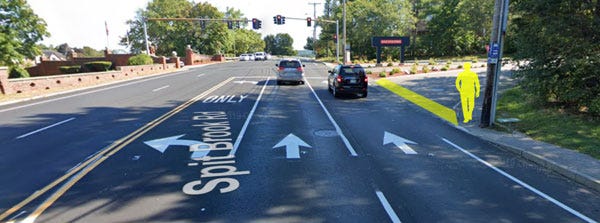
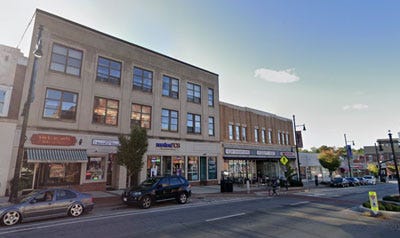
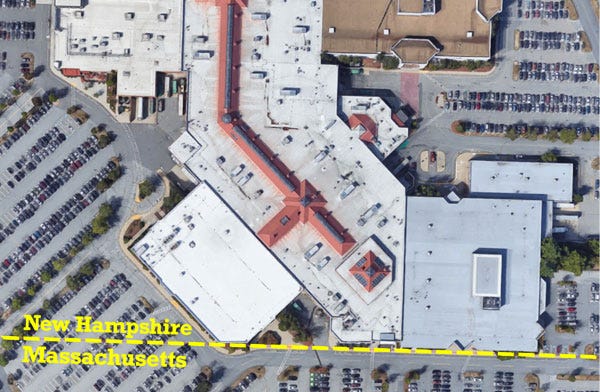
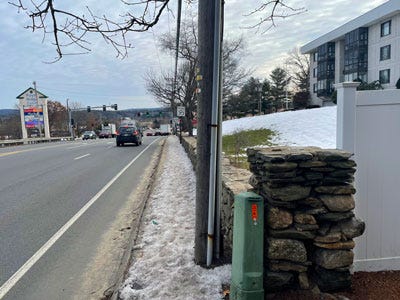
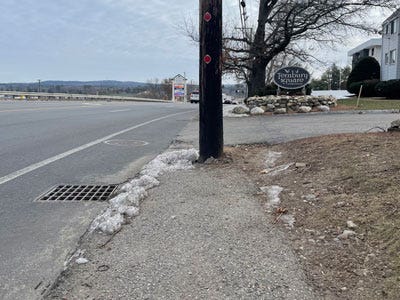
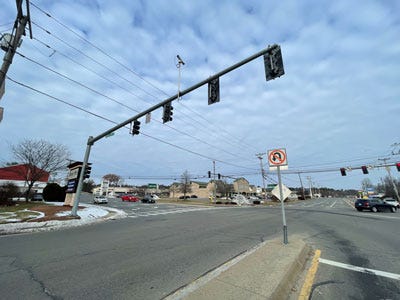
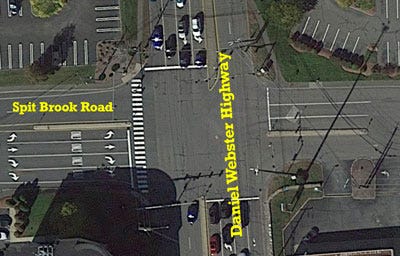
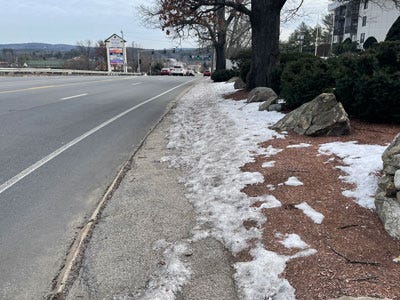
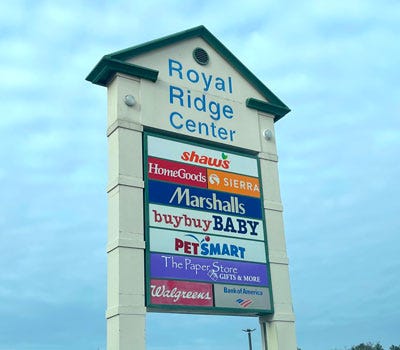
Palos Park IL (Suburb of Chicago with Metra Commuter Train 500 ft away from misaligned intersection of SW Hwy/121st/Timber Ln).
https://goo.gl/maps/7NmsJc7ubYZAp16G7
Cars over 70mph in 40mph Residential Area Near Metra Station, Park, & Two Major Regional Trail Systems
https://youtube.com/playlist?list=PLMfNAGP-iqfjctZ2JAq2MQ4X3Gqch2tG3
Walkers & Joggers Crossing SW Hwy
https://youtube.com/playlist?list=PLMfNAGP-iqfhMHPnXuD1FJmg4FFnCDRNI
Kids With No Safe Sidewalks
https://youtube.com/playlist?list=PLMfNAGP-iqfiZtumbPzkIUyndNiGewLmt
Cyclists Crossing SW Hwy
https://youtube.com/playlist?list=PLMfNAGP-iqfiXKag2SIgr6--a3ZPk0rIt
Kids Crossing SW Hwy
https://youtube.com/playlist?list=PLMfNAGP-iqfiC8j0o4t-C1b6D0-AnlpEZ
Metra Commuters Crossing SW Hwy
https://youtube.com/playlist?list=PLMfNAGP-iqfi4fgcd0lpf7B5G4PEv6O5Z
Accidents / Collisions
https://youtube.com/playlist?list=PLMfNAGP-iqfhSodZr8JiSf3PlVNbPeP0m
Cars Racing In Residential Area
https://youtube.com/playlist?list=PLMfNAGP-iqfhIdd_slxdvUSsNglyBJF_T
Where I grew up in Brockton, Massachusetts, every one jaywalked. They still do. There are hardly any painted crossroads because they figured people cross wherever they want anyway. The fines in Massachusetts for jaywalking are literally $1 for a first offense and $2 for subsequent offenses, so the cops aren't going to bother enforcing it unless they literally almost run someone over.
That intersection in Nashua, though, is nonsense. It would cost the city barely anything to make that go right. I know it's much worse in other places, too. As someone who actually has lived without a car at points in my life, I was fortunate that I was in Denver and Aurora Colorado for most of that time, where there are proper crosswalks and areas built with pedestrian traffic in mind. I wish more of the country was like that. Of course, here in rural Vermont a vehicle is mandatory, but if you live in nearby Rutland, they have very wide sidewalks and crosswalks, so they got that right here!
Great piece as always.